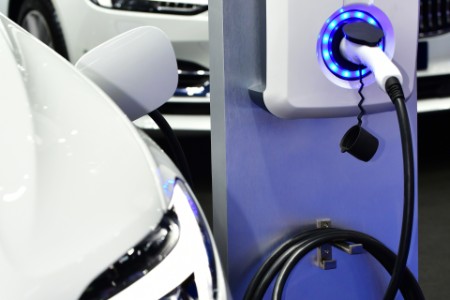EV adoption scenarios
The three possible scenarios for EV adoption — rapid, moderate and slow —provide a view of what transportation in Canada could look like in 2030.
1. Rapid adoption
In the rapid adoption scenario, where EVs account for 30% of vehicle stock in Canada, both O&G and P&U companies are facing serious disruption, and those that don’t respond quickly cease to be relevant. O&G companies lose significant demand for their products and must look to diversify their portfolios to focus more on clean energy, while looking to new markets to consume their products. On the flip side, P&U companies are facing unprecedented demand, which requires a significant investment in existing grid infrastructure to provide consumers with the ability to charge at home and at new commercial locations. The two types of companies necessarily converge, and face new competition from unconventional players, as they both move toward becoming energy providers as opposed to abiding by their previous delineations.
2. Moderate adoption
The moderate scenario shows a slower transition toward EVs, capturing 15% of the Canadian car market (by stock) by 2030. This results in less urgency to adopt, but still requires adjustments for both types of companies. In this case, the lack of urgency and resultant inertia for a response from either type of company creates an opportunity for organizations that take a proactive approach. This involves developing strategic alliances or making acquisitions that prepare these companies for an EV future, while still enjoying the benefits of their traditional business.
3. Slow adoption
Finally, in the slow adoption scenario, both types of companies continue relatively unaffected by EVs and focus their efforts on other priorities and megatrends that they are facing today. EV adoption will remain a niche market for a select number of consumers, accounting for only 3% of the Canadian vehicle market by 2030. This means current growth trajectories would have to slow significantly to make this scenario a reality.


